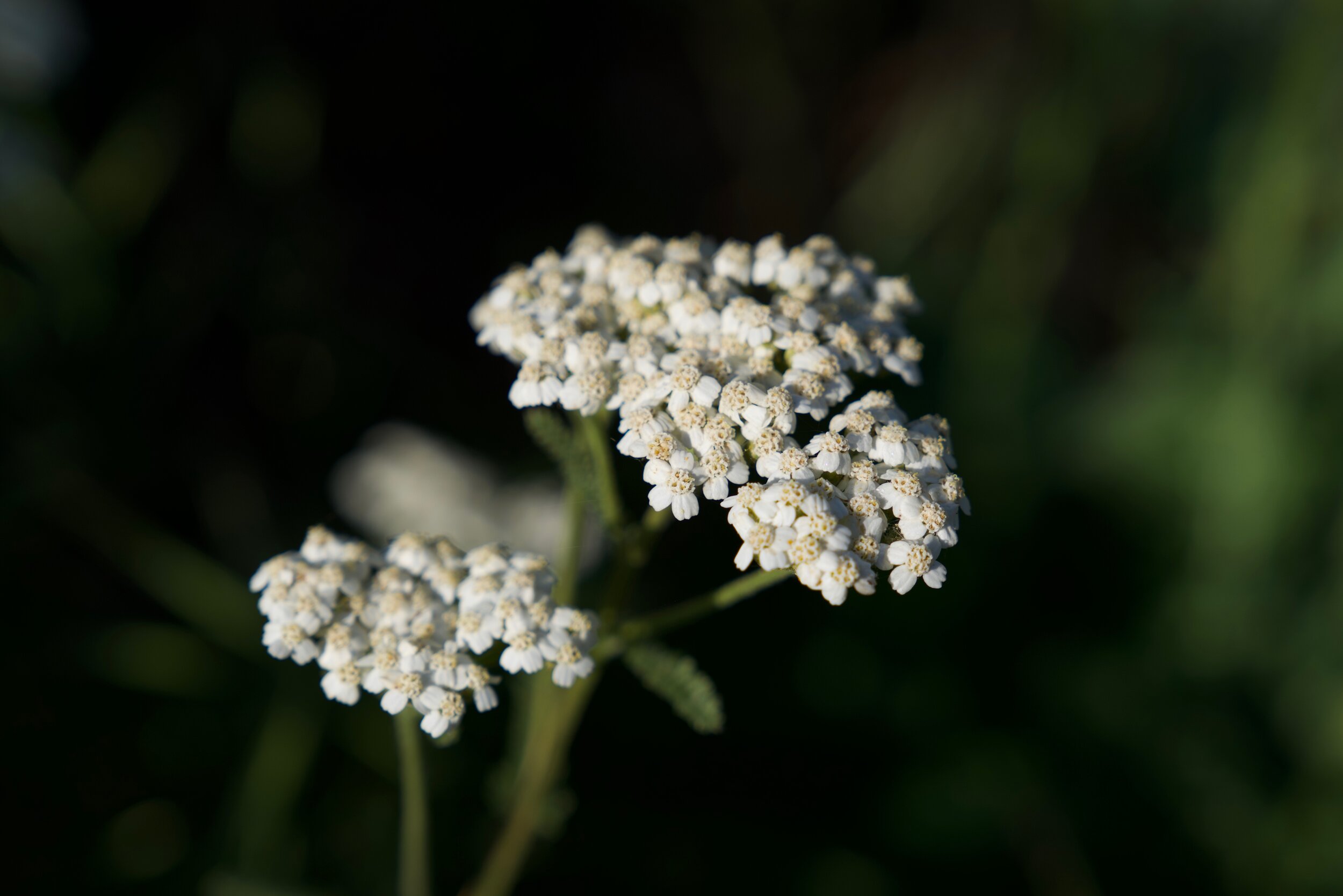
Sacred Pollinators
Sacred Pollinators
Bees - Field Guide [PDF]
The experimental design and data collection and analysis were originally developed with the objective of developing a fire resilient native plant palette. In 2021, we began planting pollinator species, including plants that are important for sacred pollinators such as bees, monarchs and other butterflies. We intend to continue working with culturally significant plant species, with the thesis that they are adapted to centuries of traditional fire management. Plant species selection will further provide an opportunity to showcase Native American cultural knowledge and ethnobotany to the public. We will monitor the burned area to determine the response and resiliency of native plants to wildfire. Fire resilient species important for pollinators will be incorporated in the restoration plantings and seeding mixes when the rains come in Winter 2021.
The experimental design and monitoring for bees and butterflies were established by the Xerces Society (Minnerath et al. 2014). The plants used in the pollinator experiment are also culturally important species used for fiber and pinole, a food source (Zedler and Stevens 2018, Stevens 2020). Milkweeds are both a cultural keystone species and ecological keystone species, essential for the survival of dwindling Monarch butterfly populations.
The palette used for experimental plantings included the following:
gumweed (Grindelia camporum),
yarrow (Achillea millefolium),
soaproot (Chlorogalum species),
showy milkweed (Asclepias speciosa),
narrowleaf milkweed (Asclepias fascicularis).
The pollinator seed mix contained
Woodland clarkia (Clarkia unguiculata),
Fort Miller clarkia (Clarkia williamsonii),
California poppy (Eschscholzia californica),
Bolanders sunflower (Helianthus bolanderi),
chick lupine (Lupinus microcarpus var. densiflorus),
rock phacelia (Phacelia californica),
Great Valley phacelia (Phacelia ciliata).
Pictured at left: Yarrow (Achillea millefolium)

